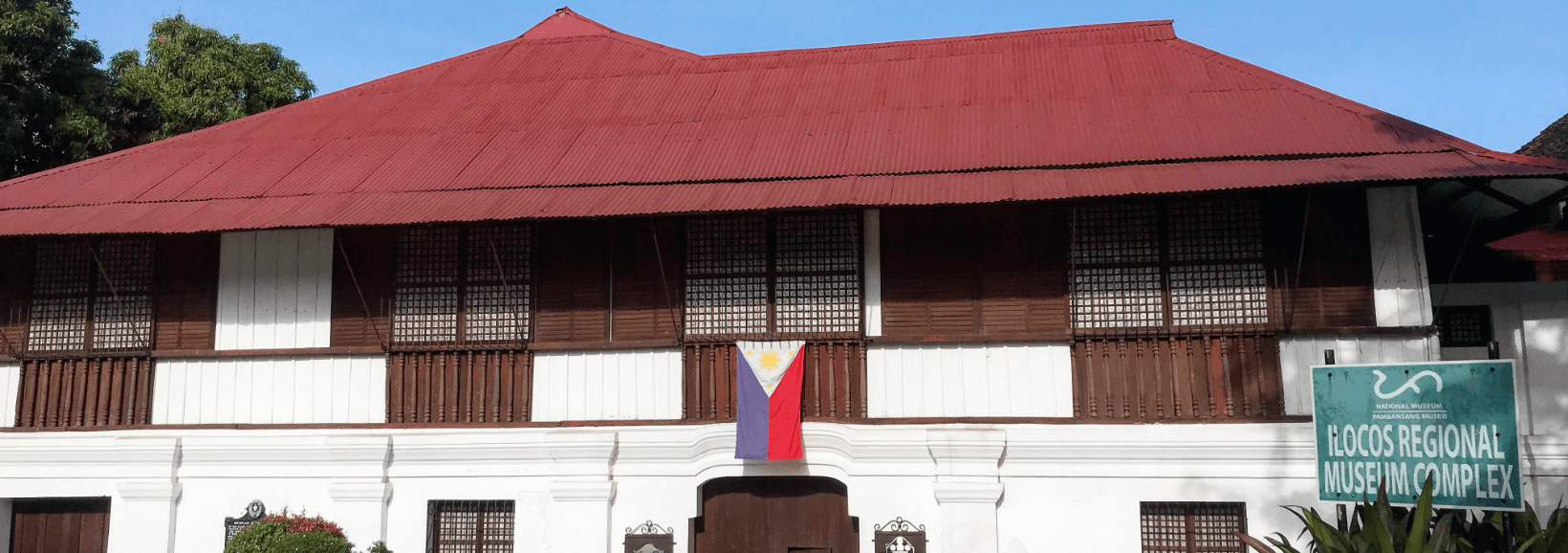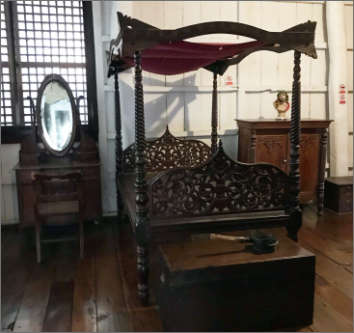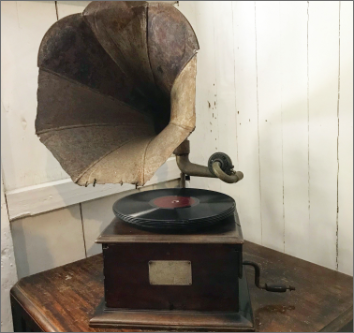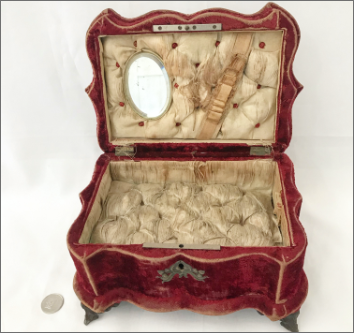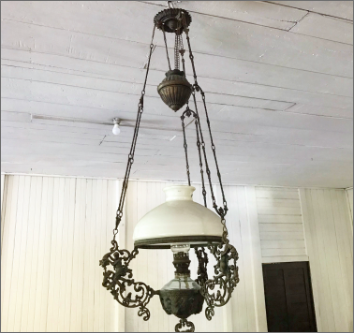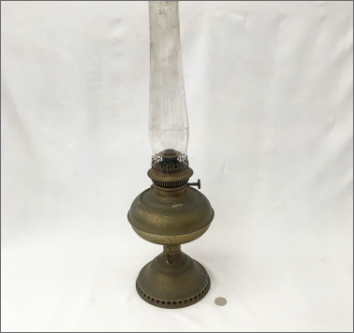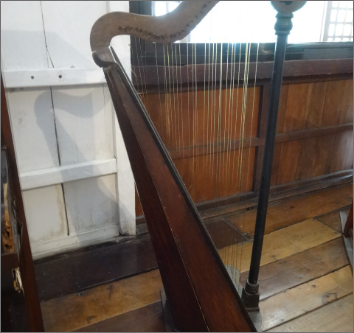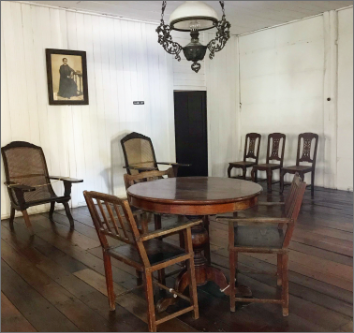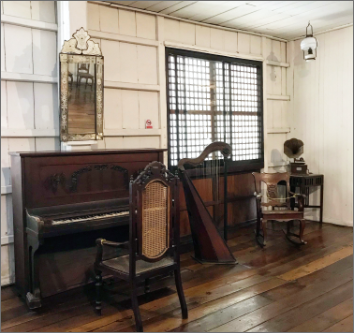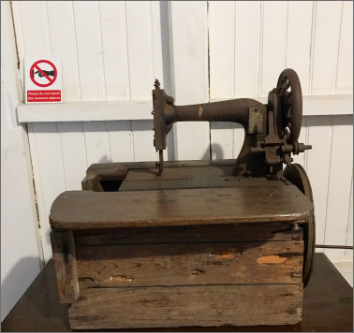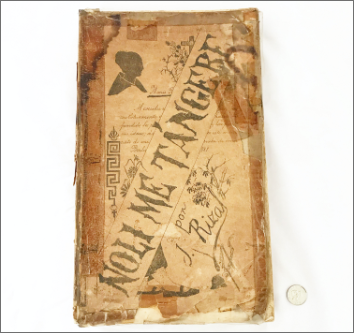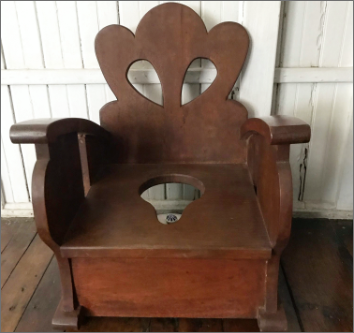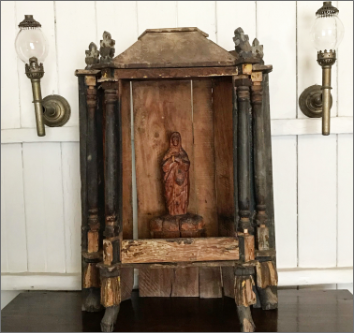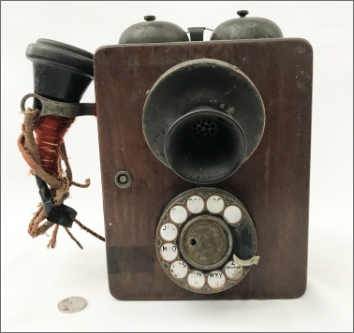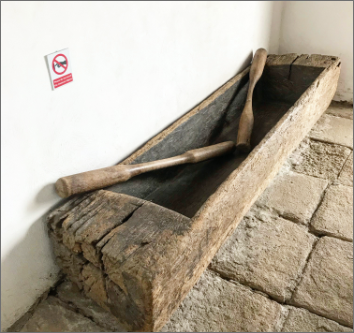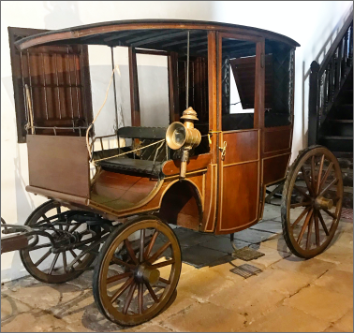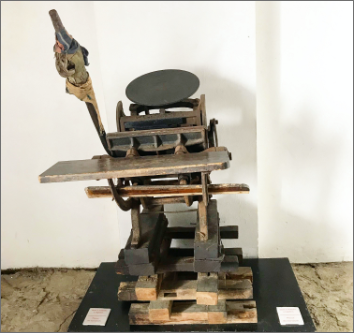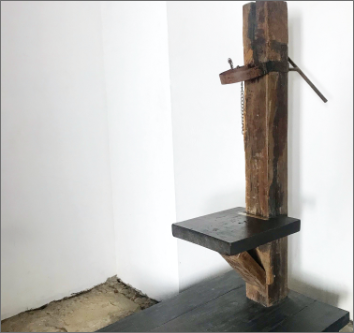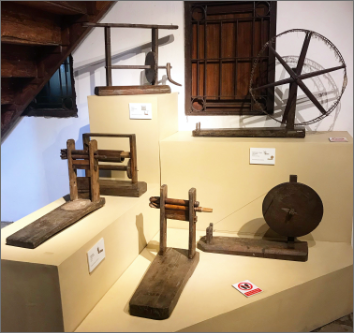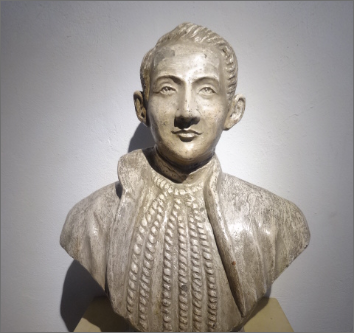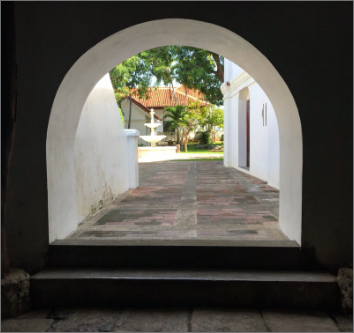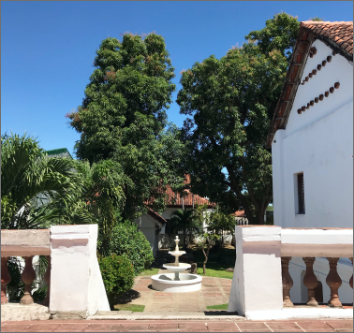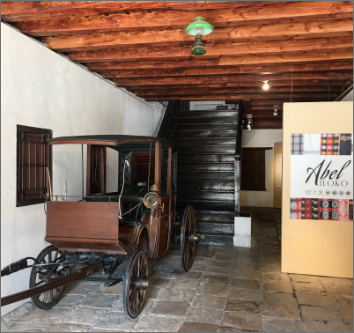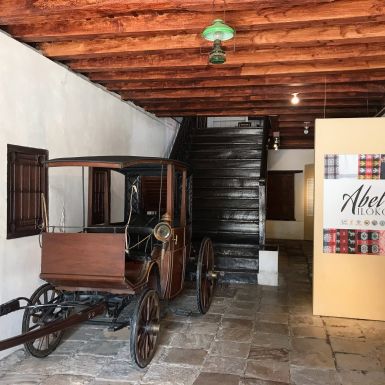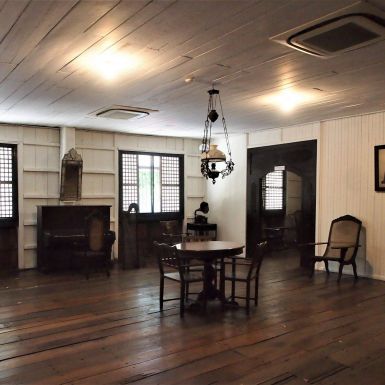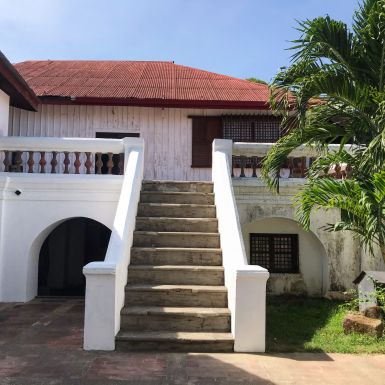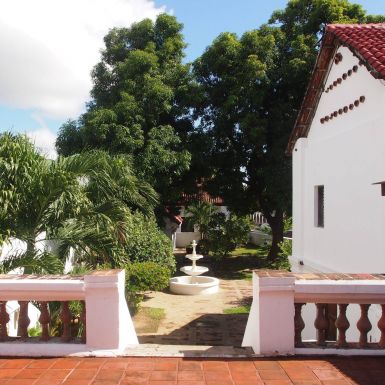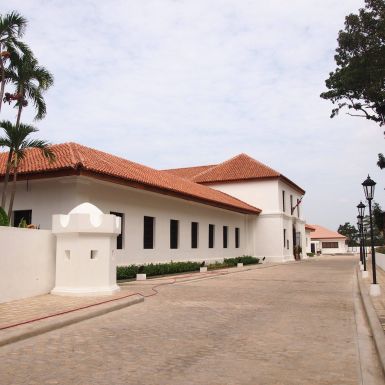NM Ilocos Regional Museum Complex
The Padre Burgos Museum is one of the three historic buildings that is part of the NM Ilocos Regional Museum Complex (National Museum Ilocos). The museum is an ancestral house constructed in 1788, which was declared as a historical building owing to its association with the martyred priest, Fr. Jose Burgos (1837-1872), whose death along with two other priests sparked the anti-Spanish colonial resistance.
Old Carcel Museum
The Old Carcel Museum is one of the three museums that comprise the NM Ilocos Regional Museum Complex (National Museum Ilocos). This former jailhouse is now the largest building in the museum complex.
Timeline

The Old Carcel first served as a small town jailhouse, Carcel de Vigan, in 1657, more than a century before the now World Heritage city became Ciudad Fernandina by virtue of a Spanish Royal Decree in 1778.
The town jail eventually became Carcel Provincial de Ilocos Sur when the Provincia de Ylocos was divided into Ilocos Norte and Ilocos Sur in February 1818, a decade after the September 1807 Basi Revolt, an uprising of Ilocos peasants against the wine monopoly imposed by the Spanish colonial government.
Elpidio Quirino, the Sixth President of the Republic (1948-53), was born in this building in 1890 while his father served as warden at the last decade of Spanish colonial rule in the Philippines. Given records of architectural plans of the large, winged jail building that are dated 1895, it appears that the present structure was completed around the later half of the 19th century. A part of the building was converted into the Provincial Library in 1948, named in honor of Quirino’s mother, Gregoria M. Rivera.

This historic structure functioned as Provincial Jail until June 30, 2014, when the prisoners moved to the new provincial penitentiary in the adjacent town of Bantay. By then donated by the Provincial Government of Ilocos Sur to the National Museum of the Philippines, the restoration that began on the exterior months earlier continued, until work was completed at the end of the same year for the adaptive reuse of the facility into a museum. The Old Carcel museum was inaugurated on January 30, 2015, also launching the Ilocos Regional Museum Complex.

The Old Carcel Museum currently has three main galleries – “The Basi Revolt” Gallery which holds the series of 14 paintings on the uprising that were collectively declared as National Cultural Treasure in 2009, as well as ethnographic and botanical items associated with basi, the traditional sugarcane wine of the Ilocos; the Elpidio Quirino Memorabilia; and the North Wing Gallery for changing exhibitions that now features the “Pagkaing Filipino” exhibition of well-known photographer Neal M. Oshima.
Magsingal Museum
The Magsingal Museum was originally built as a convent in the late 18th century and was part of the Magsingal Church Complex. The church, which is known as the Parish of San Guillermo de Aquitania, was declared as National Cultural Treasure by the National Museum of the Philippines in 2001.
Timeline



The said convent served as a school at least during the American colonial period, about the time when its ownership was transferred to the local government.
The Municipal Government of Magsingal turned the facility over to the NMP on conditional donation in the early 1980s, and it began as the Magsingal Museum in 1982.
The Magsingal Museum was closed to the public in December 2014 in preparation of the opening of the Old Carcel Museum in Vigan and of the development of a regional museum. Now a part of the NMP Ilocos Regional Museum Complex, the re-staging of the Magsingal Museum with a new exhibition or function is within view.
Padre Burgos Museum
The Padre Burgos Museum is one of the three historic buildings that is part of the NM Ilocos Regional Museum Complex (National Museum Ilocos). The museum is an ancestral house constructed in 1788, which was declared as a historical building owing to its association with the martyred priest, Fr. Jose Burgos (1837-1872), whose death along with two other priests sparked the anti-Spanish colonial resistance.
Timeline

Built in 1788 by Juan Gonzales, a Spaniard from Asturias, Spain, this masonry and timber structure is known to have been later passed on to Florencia Garcia, the mother of Padre Jose Apolonio Burgos, who was born in Ilocos Sur in 1837. It is believed that Padre Burgos and his two sisters spent their childhood in this house.
The building is known to have housed the Post Office, the Ilocos Sur headquarters of the Philippine Constabulary, and the Philippine National Bank between the turn of the 19th century and the 1970s.
Owing to the significance of Burgos’ martyrdom along with Padre Mariano Gomez and Jacinto Zamora under Spanish colonial rule in 1872, the National Historical Commission of the Philippines installed a historical marker on the house’s façade in 1939. It was also declared as a historical building under Presidential Decree No. 756 in 1975.

The Padre Burgos Museum was first established as Ayala Museum-Vigan by the Filipinas Foundation of the Ayala Corporation in 1975. The museum and its collection, among which including the 14 paintings of the Basi Revolt by Esteban Villanueva, were donated to the Ilocos Historical and Cultural Foundation (IHCF) 12 years later. In 1989, the IHCF turned the museum and its contents over, on permanent loan, to the National Museum of the Philippines.
The Burgos Museum presently holds old furniture and other home furnishings representing an old lifestyle that were acquired by the Filipinas Foundation from around the Ilocos in the 1970s. The ground floor gallery is also dedicated to the Abel-Iloko exhibition, which will soon be upgraded after its installation in 2017.
CONTACT US:
National Museum of the Philippines – Ilocos
Vigan City, Ilocos Sur 2700
Email: nmviganilocos@gmail.com
Contact No.: 0917 504 8014
FB: National Museum of the Philippines – Ilocos
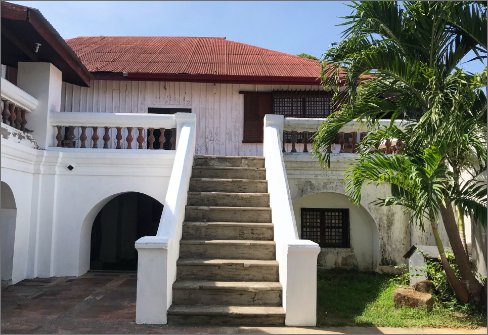
The NMP Ilocos Regional Museum Complex (IRMC) was established in January 2015 as the Old Carcel Provincial of Ilocos Sur was restored and converted into a museum and added to the facilities administered by the NMP in the Ilocos – the Padre Burgos Museum and the Magsingal Museum. All historic buildings, the Old Carcel and Burgos Museum are situated in the UNESCO World Heritage City of Vigan while the Magsingal Museum was originally a convent of the Church of San Guillermo de Aquitania, a National Cultural Treasure, in the town of Magsingal also in Ilocos Sur.
The Old Carcel started as a small town jail facility, Carcel de Vigan, in 1657, about eight decades after the Spaniards arrived in the Ilocos and 121 years before Vigan was made into the city Ciudad Fernandina by virtue of a Spanish Royal Decree in 1778. It served as provincial jail of Ilocos Sur from 1818 upon the division of the Provincia de Ylocos into Ilocos Norte and Ilocos Sur, until 2014 after it was donated by the Provincial Government of Ilocos Sur to the NMP.
On permanent exhibition at the Old Carcel is the National Cultural Treasure “The Basi Revolt” by Esteban Villanueva, a series of 14 paintings on the Basi Revolt of 1807 as well as ethnographic and selected botanical items consisting of the Cultural World of Basi exhibition. The upper part of the central section of the Carcel also houses memorabilia of the Sixth President of the Philippines, Elpidio Quirino, who was born in his warden-father’s apartment in 1890. Portraits of Quirino and his wife Alicia Jimenez Syquia, the most outstanding of which are those made by the National Artists Fernando Amorsolo and Guillermo Tolentino, are also featured in the gallery. Dedicated to changing exhibitions, the north wing of the Carcel presently holds renowned photographer Neal M. Oshima’s “Pagkaing Filipino: Images of Regional Cuisine, Dishes, Drinks, and Delicacies and their stories”.
The structure known as the Burgos Museum is an ancestral house constructed in 1788, which was declared as a historical building owing to its association with the martyred priest, Fr. Jose Burgos (1837-1872), whose death along with two other priests sparked the anti-Spanish colonial resistance. It features the Abel Iloko Exhibition that celebrates the unique textile craft of the region, as well as old furniture, representing a past lifestyle.
The Ilocos Regional Museum Complex is envisioned to be fully operational through the Burgos Museum’s restoration in 2020, as well as the reopening of the Magsingal Site Museum about 13 kilometers north of Vigan, and the offering of more educational programs and visitor-led activities that is consistent with the NMP’s masterplan.
inquiry@nationalmuseum.gov.ph
(+632) 8298-1100
